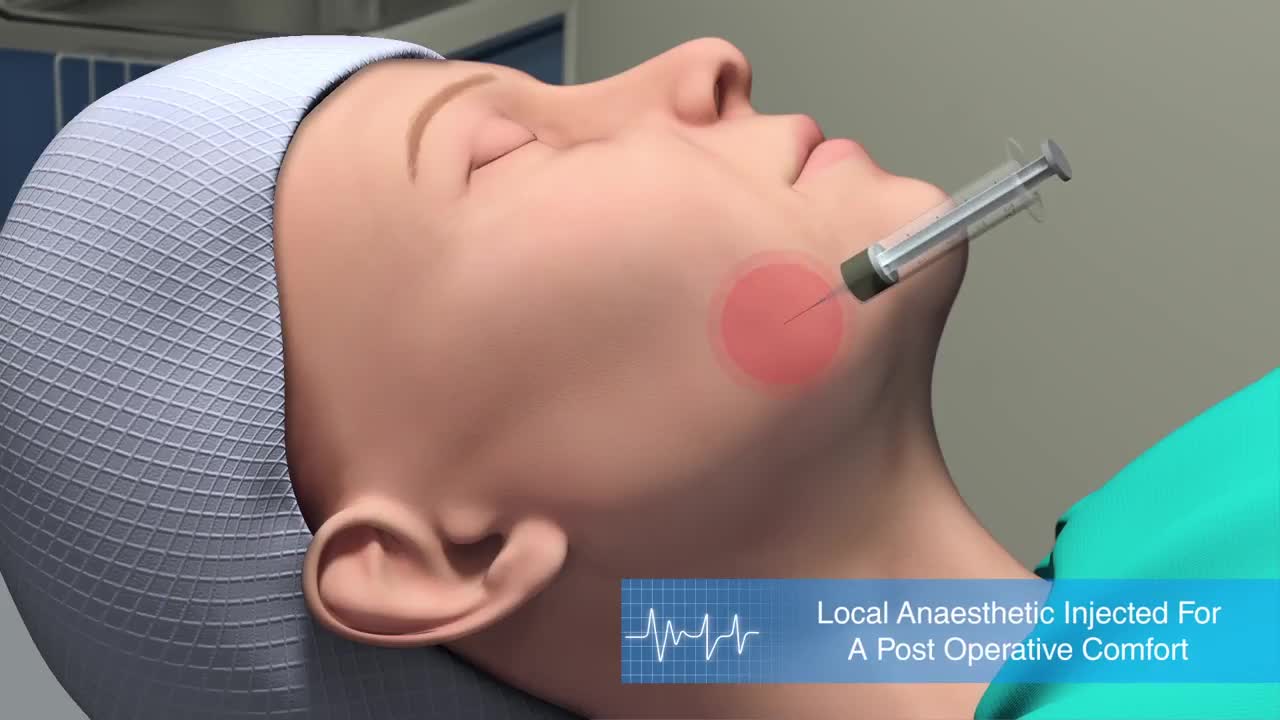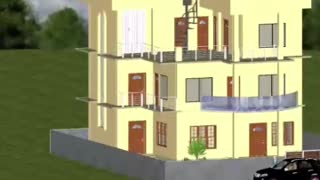Premium Only Content

Facelift Procedure medical 3d animation
During the procedure
In general, a face-lift involves elevating the skin and tightening the underlying tissues and muscles. Fat in the face and neck may be sculpted, removed, or redistributed. Facial skin is then re-draped over the newly repositioned contours of the face, excess skin is removed, and the wound is stitched or taped closed.
The incisions for the procedure depend on the techniques that will be used and the patient's preferences. Options include:
A traditional facelift incision starts at your temples in the hairline, continues down and around the front of your ears, and ends behind your ears in your lower scalp. An incision might be made under your chin to improve the appearance of your neck.
A limited incision is a shorter incision that begins in your hairline just above your ear, wraps around the front of your ear, but does not extend all the way into the lower scalp.
Neck lift incision starts in front of your earlobe and continues around your ear into your lower scalp. A small incision also is made under your chin.
A facelift generally takes two to four hours but might take longer if other cosmetic procedures are done at the same time.
After the procedure
After a face-lift, you may experience:
Mild to moderate pain
Drainage from the incisions
Swelling
Bruising
Numbness
Contact your doctor immediately if you have:
Severe pain on one side of your face or neck within 24 hours of surgery
Shortness of breath
Chest pain
Irregular heartbeats
Your incisions will likely be covered with bandages that provide gentle pressure to minimize swelling and bruising. A small tube might be placed under the skin behind one or both of your ears to drain any excess blood or fluid.
In the first few days after surgery:
Rest with your head elevated
Take pain medication as recommended by your doctor
Apply cool packs to the face to ease pain and reduce swelling
-
 0:35
0:35
Rajbanshi
3 years ago3d animation
21 -
 LIVE
LIVE
Bannons War Room
9 days agoWarRoom Live
22,337 watching -
![🔴[LIVE TRADING] BREAKING MARKET NEWS: Bounce or Bust?! || The MK Show](https://1a-1791.com/video/fwe2/37/s8/1/a/0/k/n/a0kny.0kob.2-small-LIVE-TRADING-BREAKING-MARKE.jpg) LIVE
LIVE
Matt Kohrs
10 hours ago🔴[LIVE TRADING] BREAKING MARKET NEWS: Bounce or Bust?! || The MK Show
1,386 watching -
 47:26
47:26
BonginoReport
3 hours agoEpstein Files Drop Today-But How Much Will They Reveal? (Ep.149) - 02/27/2025
66.8K106 -
 LIVE
LIVE
Wendy Bell Radio
6 hours agoThe Left Is Wrong About Everything
10,929 watching -
 29:05
29:05
CatfishedOnline
19 hours ago $0.31 earnedThe Real Jennifer Aniston or Another Romance Scam?
16.4K8 -
 34:44
34:44
LFA TV
5 days agoMIRACLES DO HAPPEN!
36.1K3 -
 16:43
16:43
T-SPLY
4 hours agoCNN Panel Member Forgets Donald Trump Runs The Military
25.5K19 -
 31:13
31:13
World Nomac
23 hours agoAMERICAN visits IRAN for 10 days (this is what I found) 🇮🇷
23K3 -
 1:03:55
1:03:55
The Tom Renz Show
10 hours agoBongino In At FBI & Is Factory Meat Made of Cancer?
27.3K6